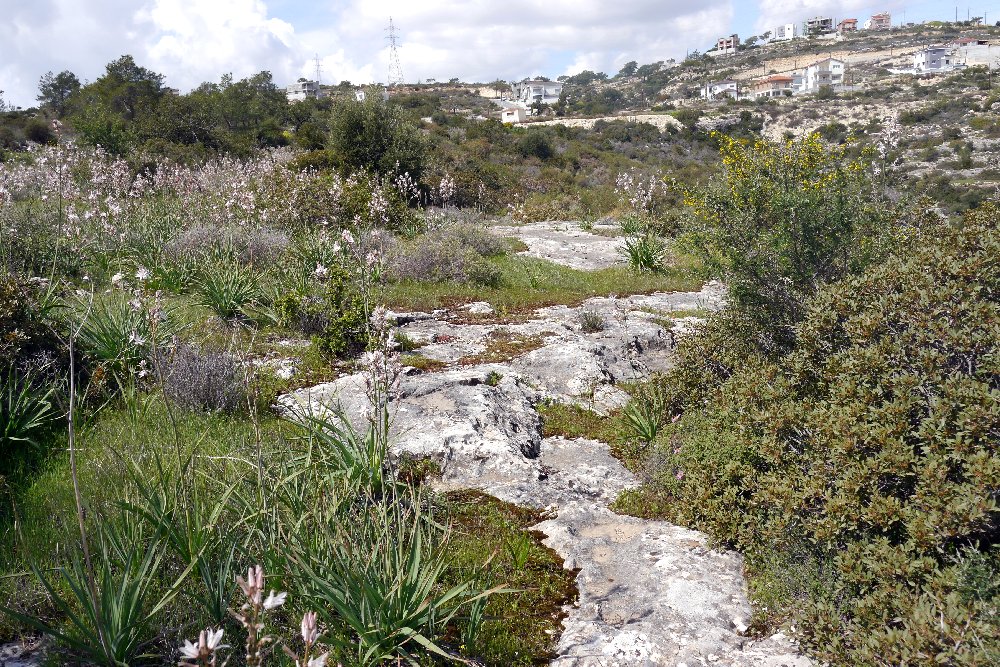|
|
|||||||||||||||||
|
|
|||||||||||||||||
 |
|
The middle part of March seems to be the ideal time to visit Cyprus to see the maximum number of species in flower. Those growing near the coast are barely going over, while those at an altitude of 600 metres (2000 feet) are just bursting into bloom. Yes, there are some species which won't be seen in flower until April or later, but they are just a handful; and they include none of the Ophrys genus. How do you get out to see the orchids? It has to be hire car. We were based in Kato Paphos and for public transport had the option of quite local routes, or the non-stopping `intercity' routes. The good news is plentiful. In March you can still hire at the modest winter rates and get good deals; they want the trade. The roads on Cyprus are very good, and traffic away from town centres is light, whether motorway or B road. And for Brits, they drive on the left. Downsides are the way too many speed bumps which infest every village and those villages higher up where the main street tortuously winds its way between the houses and you dread meeting another vehicle coming the other way - one of you is going to have to back-up to the beginning. With a maximum 80 kph speed limit off the motorways do not forget to factor in plenty of time to travel between your base and between sites; a 60 kph average is a bit on the optimistic side! We had several good orchid hunting reports written by fellow orchidologists from previous years on Cyprus by others, with pin point GPS data for finding sites. Alas, I put too much faith in my mobile phone. Knowing that the number of days with a hire car was going to be limited, and that we wanted to see more than just orchids, I had worked out itineraries that would take in the other activities and allow orchid site visits which would include the best sites and offer a chance to see most species. The sites were pinned to Google Maps. But many of these I found were outside decent reception range (the maps were a blur and pins didn't download) and some process in the background was literally draining the phone battery. Despite that the reports contained sufficient information to locate most of the sites with confidence. I am happy to share these reports with others intending to visit Cyprus. Just contact me. That said, most of you would be able to find sites not listed by stopping at likely areas where you can pull up and explore. There are so many roadside areas not fenced off unlike many other islands in the Med. With the naming of species I am continuing to use Delforge. While he may be accused of splitting off of too many species, he does point to the fact that the different forms do use different pollinators and the numbers of hybrids are few. There is good geographic and habitat isolation of orchid communities across the Mediterranean region. Christofides in The Orchids of Cyprus also follows the same essential nomenclature.
|
|
|
||||||||||||||||||||




